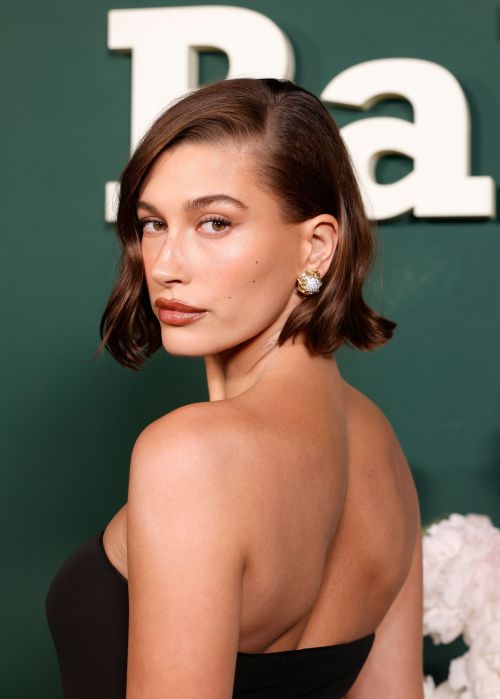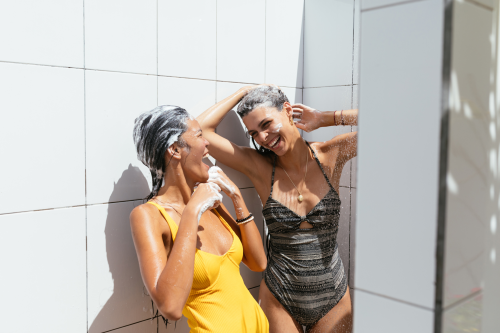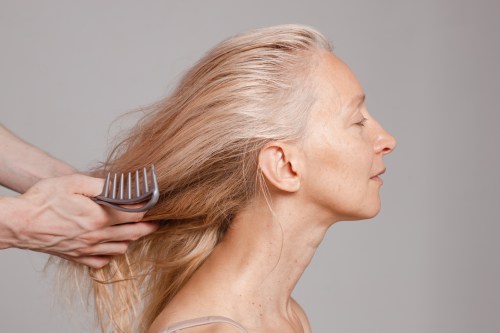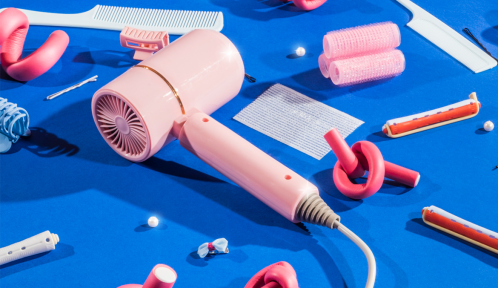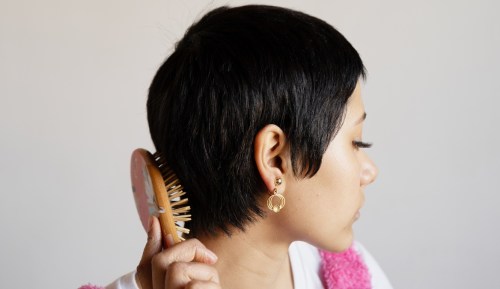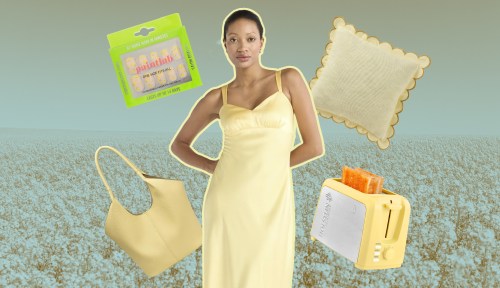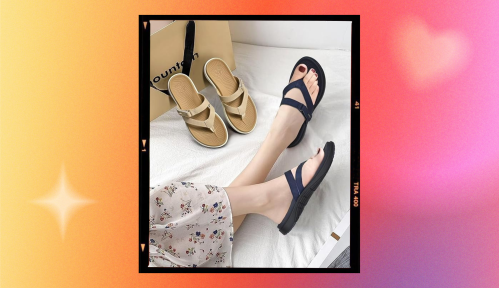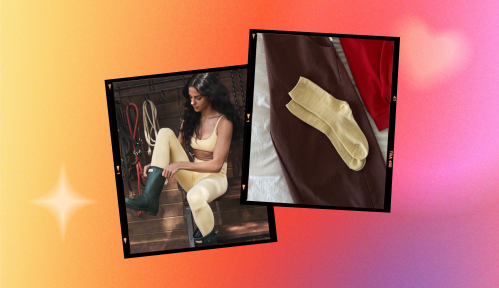I’ve been diligently applying eyelash serums for some time now, taking my average-length fringe to va-va-voom to lengths. And while I’ve been spreading the good word about the fluttery effects to anyone who’ll listen, I’ve been sleeping on the fact that growth serums are also purported to help stimulate growth on brows.
When it comes to my arches, my personal opinion is: the bushier the better. Every morning, I swipe on some brow gel, but would love if I even had more strands to brush up (and I’m not quite ready for microblading… yet). This is where brow serums come in—they work to bestow you with even fuller, bushier brows, thanks to nourishing ingredients, such as peptides, that boost the hair above your eyeballs.
Joey Healy, celebrity stylist and eyebrow specialist, says serums are great for adding volume density. “Brow serums are for people who have overworked their brows, people who are not satisfied with their brows as they age, or people who feel their brows aren’t living up to their full potential,” he says. You just have to look for serums with the right hair-boosting ingredients. “Peptides are the active ingredient you should look for,” says Healy. Dermatologist Joshua Zeichner, MD, echoes that peptides are the most important thing to look for, since they’re “messengers that help stimulate activity of the hair follicles,” he says. “And many brow serums contain skin conditioning and hydrating ingredients like hyaluronic acid, which soften and plump the hair shafts themselves.”
Ready for your ultimate brush-up? Shop from the brow serums below to live your best, bushiest life.
Shop brow serums
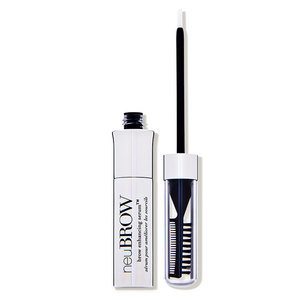
Skin Research Laboratories neuBROW Brow Enhancing Serum $100
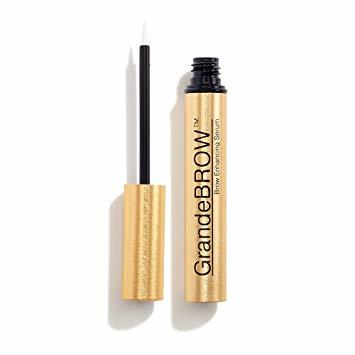
Grande Cosmetics GrandeBROW Brow Enhancing Serum $70
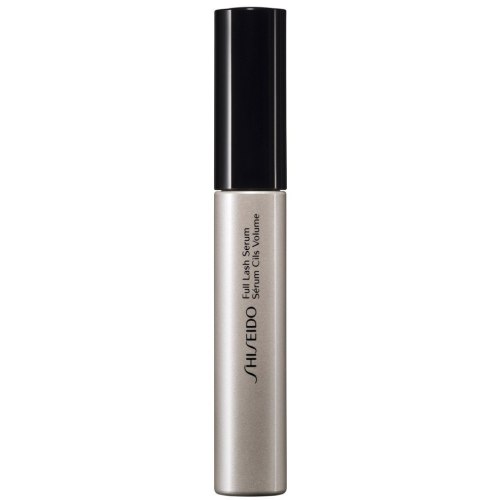
Shiseido Full Lash and Brow Serum $36
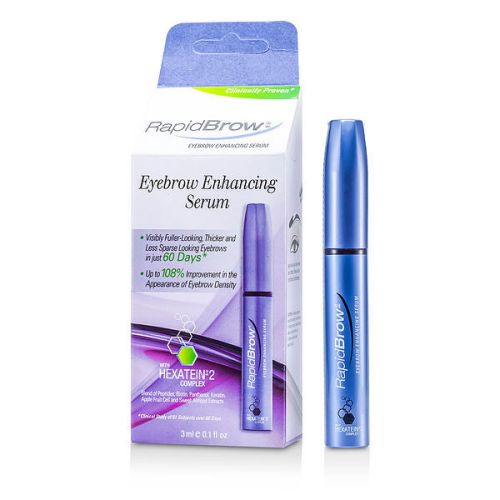
Rapid Lash RapidBrow Eyebrow Enhancing Serum $50
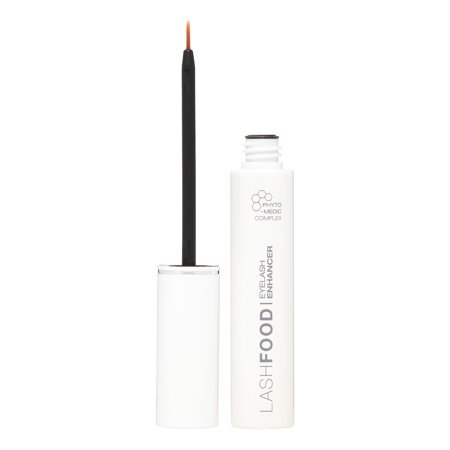
LashFood BrowFood Phyto‐Medic Eyebrow Enhancer $90
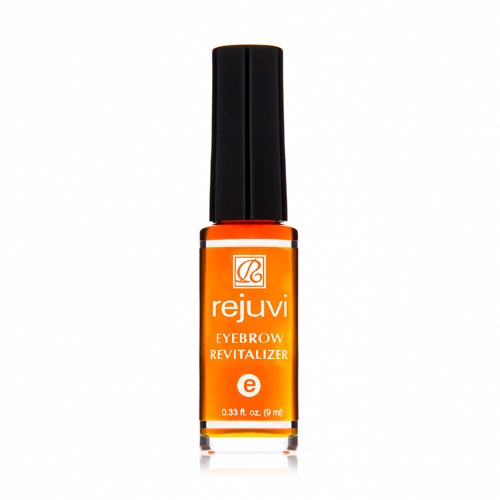
Rejuvi e Eyebrow Revitalizer $35
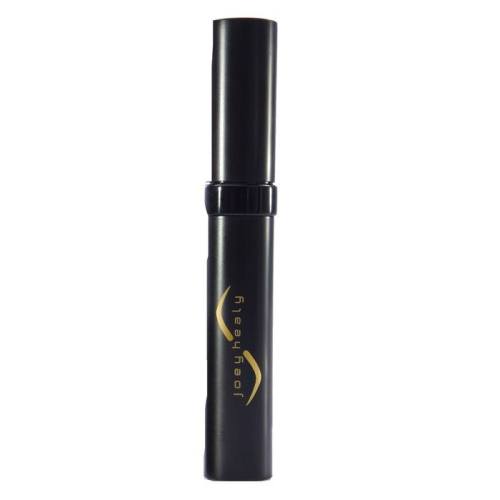
Joey Healy Brow Renovation Serum $125
Until you’ve bought a brow serum, try out these best-of-the-best brow gels that work wonders to fluff up those strands. And these are the 5 most common eyebrow mistakes that pros see on the reg.
Sign Up for Our Daily Newsletter
Get all the latest in wellness, trends, food, fitness, beauty, and more delivered right to your inbox.
Got it, you've been added to our email list.

